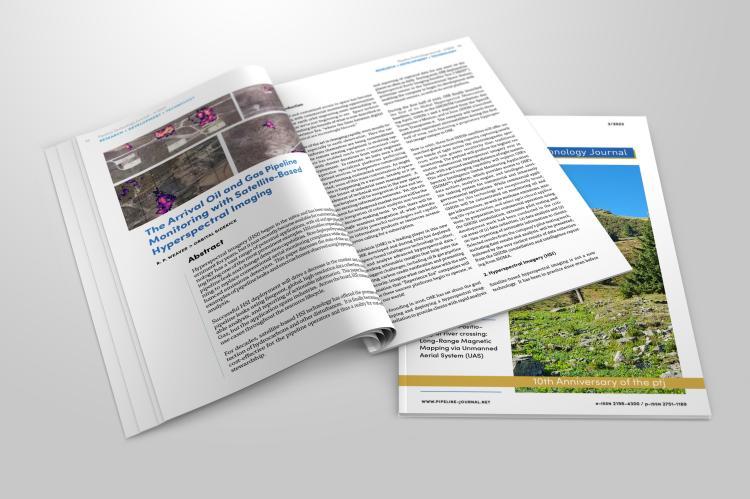The Arrival Oil and Gas Pipeline Monitoring with Satellite-Based Hyperspectral Imaging

Hyperspectral imagery (HSI) began in the 1980s and has been used by the U.S. government for years, but it just recently became available for commercial use. This technology has a vast range of potential applications, with oil and gas pipeline monitoring being one of the most prominent examples. HSI enables unparalleled daily global pipeline leak and change detection capabilities. Now deployed by satellite, it is beginning to replace conventional aerial monitoring compliance while also enabling enhanced emissions detection. This paper discusses the state-of-the-art for HSI, with examples of pipeline leaks and encroachment observed using hyperspectral data and analysis.
Successful HSI deployment will drive a decrease in the number and magnitude of pipeline leaks using frequent, global, high-resolution data collection, rapid and reliable analysis, and reporting of actionable information. This paper focuses on Oil & Gas, but the application spans industries. Across the board, HSI commonly enables use cases throughout the resource lifecycle.
For decades, satellite-based HSI technology has offered the promise of remote detection of hydrocarbons and other disturbances. It is finally becoming scalable and cost-effective for the pipeline operators and thus a reality for cost-effective asset stewardship.
